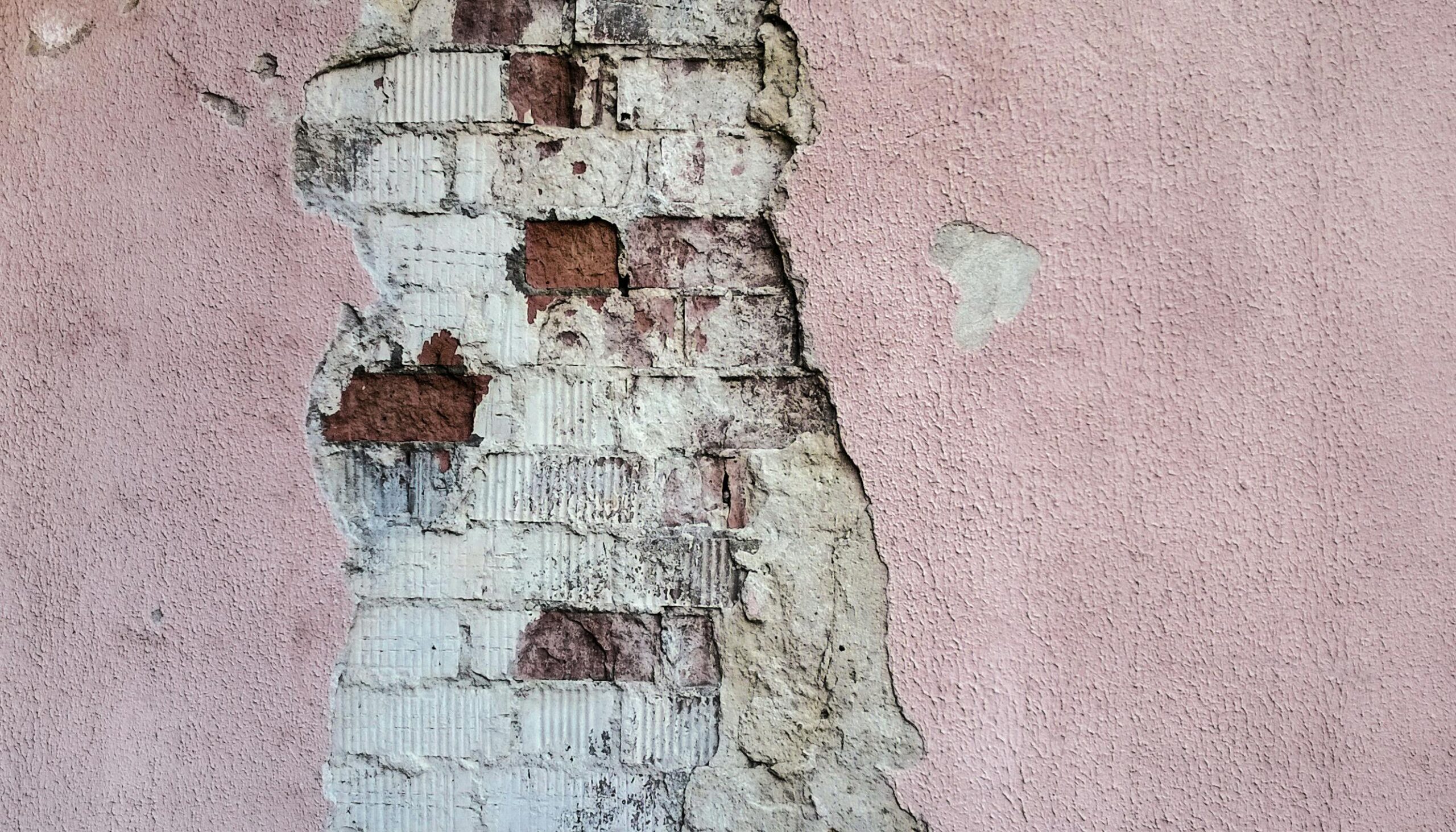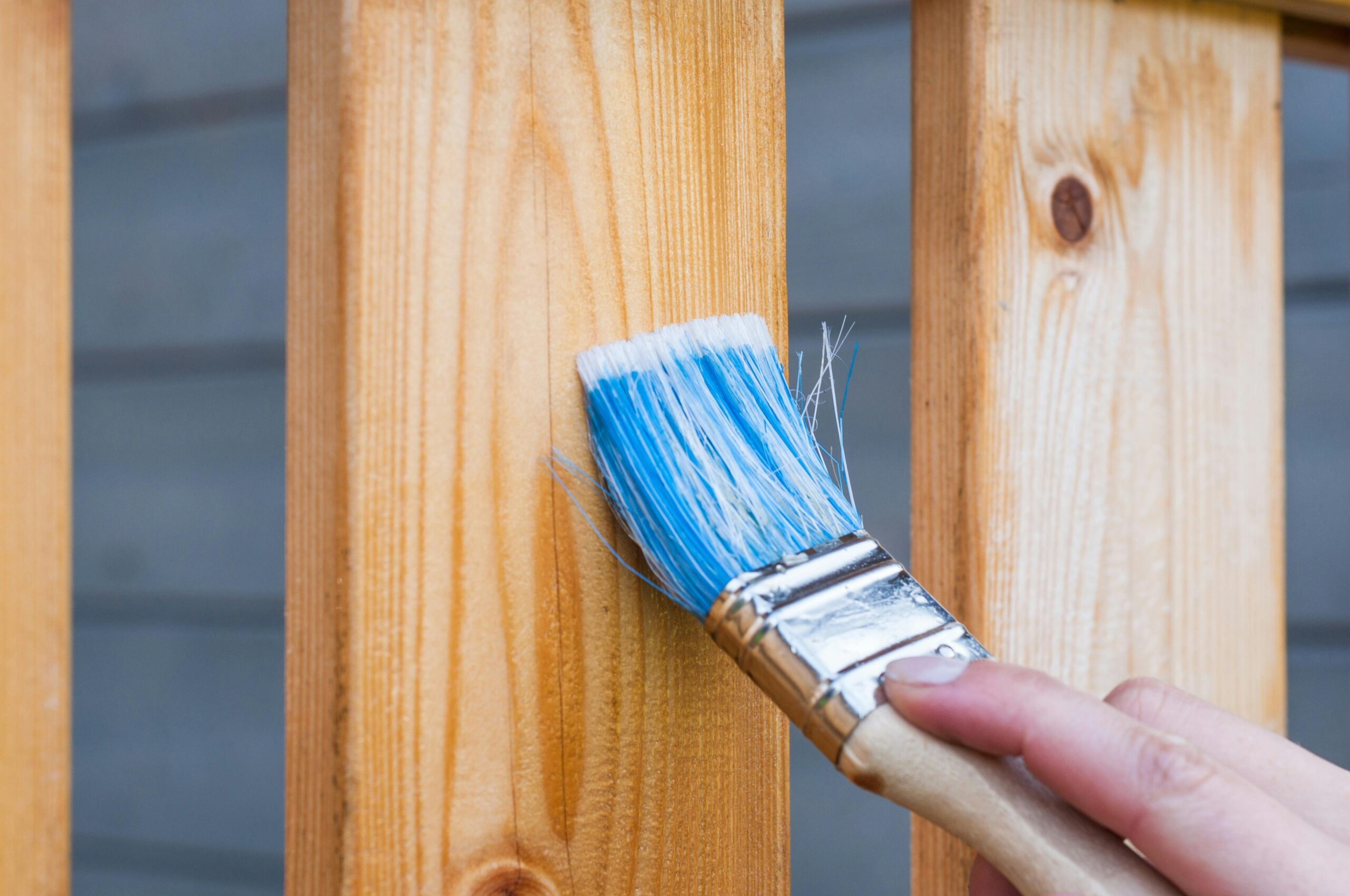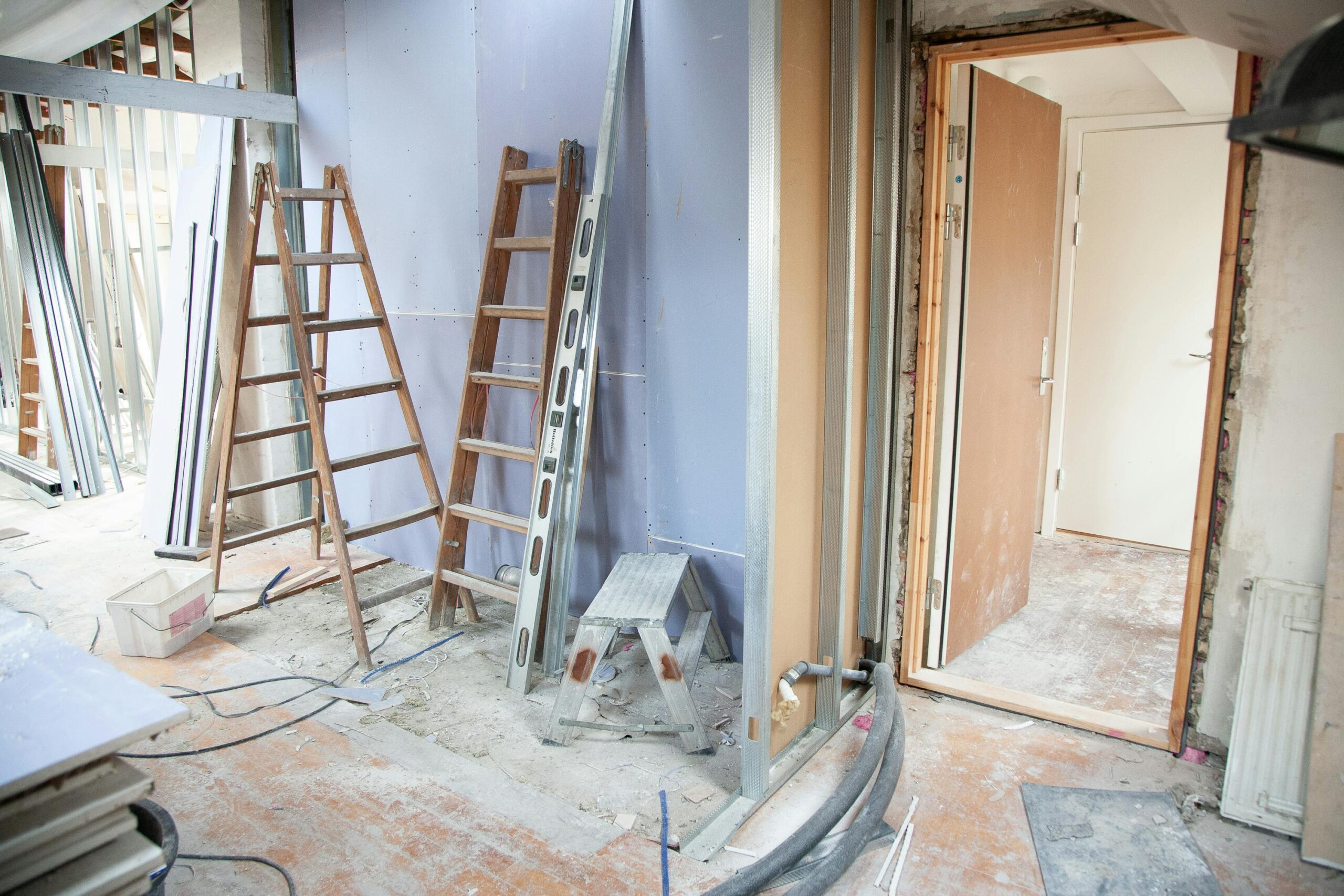When it comes to giving your walls a flawless finish, the decision between skimming and full plastering can make a big difference in cost, time, and overall results. At Done Right Services, we often get asked: “Do I need full plastering or will skimming be enough?” The answer depends on the condition of your walls, the finish you’re looking for, and your renovation goals. In this comprehensive guide, we’ll break down the key differences, benefits, and best use cases for both skimming and full plastering so you can make an informed decision.
What Is Plastering?
Plastering is the process of applying a mixture (usually cement, lime, gypsum, or a combination) to walls or ceilings to create a smooth, durable surface. It’s an essential part of most construction and renovation projects, helping to protect surfaces, create an even foundation for painting or wallpaper, and improve the overall look and feel of a space.
There are two main types of plastering work commonly used in homes and commercial spaces:
- Full Plastering
- Skimming
What Is Full Plastering?
Full plastering (sometimes referred to as “backing and finishing”) involves applying a base coat of plaster to bare brick or block walls followed by a finishing coat. It is typically done when the underlying wall is uneven, damaged, or completely new.
Key Features:
- Involves base coat and finish coat
- Used on bare or heavily damaged surfaces
- Helps with insulation and soundproofing
- Offers greater durability
When Do You Need Full Plastering?
You should opt for full plastering if:
- The walls are bare brick or block
- There’s significant damage or crumbling
- You’re working on a new build
- You need to correct uneven or bumpy surfaces
Full plastering provides a completely new surface, essentially rebuilding the wall’s finish from scratch. It also helps improve structural integrity in some cases, depending on the materials used.
Pros:
- Stronger and more durable surface
- Ideal for new builds or major renovations
- Corrects serious imperfections
Cons:
- More time-consuming
- Higher cost
- Longer drying times
What Is Skimming?
Skimming is the process of applying a thin layer of finishing plaster (usually 2-3mm thick) over existing plaster or drywall to achieve a smooth finish. It doesn’t rebuild the surface but rather refines it.
Key Features:
- Thin layer of finish plaster
- Applied over existing plaster or drywall
- Quick and less invasive
When Do You Need Skimming?
You should consider skimming if:
- The existing wall surface is in decent condition
- You just want to refresh a tired-looking wall
- You need a smooth finish for painting
- You’re covering old textures (e.g., Artex)
Pros:
- Faster and more affordable
- Less mess and shorter drying time
- Perfect for cosmetic upgrades
Cons:
- Won’t fix deep cracks or structural issues
- Not suitable for heavily damaged walls
Key Differences Between Skimming and Full Plastering
| Feature | Skimming | Full Plastering |
|---|---|---|
| Thickness | 2-3mm | Several layers (up to 10mm or more) |
| Application | On existing surfaces | On bare or damaged walls |
| Time | Faster | Slower |
| Cost | Lower | Higher |
| Purpose | Cosmetic finish | Structural and finish |
| Suitable For | Minor imperfections | Major repairs or new walls |
How to Decide Which One You Need
When deciding whether to go for skimming or full plastering, ask yourself the following:
1. What is the condition of the wall?
If your wall has major cracks, damp, or uneven surfaces, full plastering is likely required. If the wall is in good condition but looks tired or has minor imperfections, skimming is usually sufficient.
2. Are you working on a new build or an existing property?
New builds often require full plastering, while existing homes may only need skimming depending on wear and tear.
3. What is your budget and timeline?
Skimming is quicker and more budget-friendly. If time and cost are priorities, it’s often the best choice for a refresh.
4. Do you need insulation or soundproofing benefits?
Full plastering can be paired with specific materials to add insulation and soundproofing, making it more functional beyond aesthetics.
Real-Life Scenarios
Scenario 1: Renovating an Older Home
An older home with crumbling walls and patches of exposed brick is being modernised. In this case, full plastering is essential to restore the wall structure and provide a clean, durable finish.
Scenario 2: Refreshing a Bedroom
A bedroom has minor surface cracks and a bit of flaking paint. The underlying plaster is still solid. Skimming is the right choice here for a fresh, paint-ready surface.
Scenario 3: Covering Artex Ceilings
Skimming is often used to cover up outdated Artex textures on ceilings, providing a modern and smooth finish.
Tips for a Smooth Finish
Whether you go with skimming or full plastering, here are some tips to ensure a professional result:
- Always prepare surfaces thoroughly (clean, remove dust, and repair holes)
- Use a reputable and experienced plasterer
- Allow adequate drying time before painting
- Consider using a mist coat (diluted emulsion) as a base before applying top coats of paint
Why Choose Done Right Services?
At Done Right Services, we take the guesswork out of your renovation project. Our experienced team will assess your walls, discuss your goals, and recommend the right solution—skimming, full plastering, or a combination of both.
We pride ourselves on quality workmanship, timely completion, and results that speak for themselves. Whether you’re giving your home a facelift or restoring a neglected property, we ensure it’s done right.
Final Thoughts
Understanding the difference between skimming and full plastering can help you make smarter decisions about your home renovation project. Skimming is perfect for cosmetic touch-ups and modern finishes, while full plastering offers a long-term solution for serious wall repairs and new constructions.
When in doubt, consult with a professional to evaluate your walls and suggest the best approach. And remember—a smooth, durable finish is only a call away with Done Right Services.
Need help deciding what your walls need? Contact Done Right Services today for a free consultation and expert advice.



